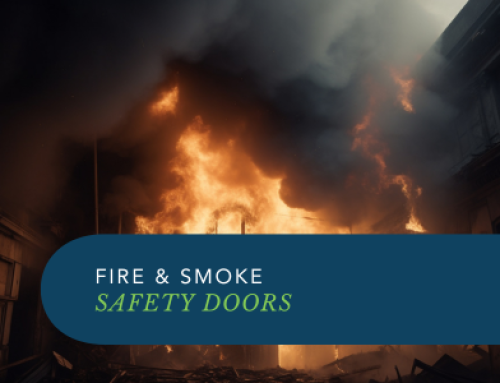Designating an assembly area for your emergency planning procedures is a task that requires a great deal of consideration.
For example, it’s not enough to say that in an emergency, everyone should evacuate to the carpark.
This is too general; it could lead to confusion and put staff in danger.
In fact, it’s the exact opposite of what an assembly area should do.
Evacuation is meant to move people away from danger; they need a specific, safe area to keep out of harm’s way in an emergency.
Here’s what you need to consider when deciding on assembly areas, as part of your legal WHS obligations for your workplace emergency procedures.
Please note that these are general guidelines, as we always recommend consulting an expert due to how crucial choosing the correct assembly point is.
The position of your assembly area
The location of your meeting place needs to be well thought out.
It can’t be too close to the building, or people will still be in danger.
It can’t be too far away, or they’ll become fatigued and may not make it to the assembly area.
You should also make sure that the location is easily accessible; that there are no gates, obstacles,or busy paths or roads that need to be crossed.
The accessibility of your assembly area
It is your responsibility to ensure that everyone in your building can access the meeting spot when evacuating.
It’s crucial that people with disabilities can make their way to the safest exit unobstructed.
This also applies to the assembly area; do not choose one that is inaccessible to people with mobility issues or disabilities.
Another thing to consider is that there are enough emergency exits, and that the doors aren’t hard to open – or even locked.
The size of your assembly area
Your assembly area should be able to fit everyone from your workplace without overcrowding; too many people in a small area will create further panic and risk injuries occurring.
There also needs to be space for first aid to be carried out (if needed) while waiting for emergency services to arrive.
Your assembly area, if it adheres to all of these requirements, will keep you and your employees safe in the event of an evacuation.
Regular evacuation exercises will ensure that everyone in the facility knows where the assembly point is, and how to get there if needed.
This eliminates confusion and helps people escape quicker, reducing the risk of injury in an emergency.
If you’d like to consult with a WHS expert about finding the most suitable assembly area at your workplace, please get in touch with the team at Workplace Emergency Management.
We’ll determine the best location on your site, and explain why we recommend it.
We also run emergency response training, including evacuation exercises, which will help familiarise your staff with the assembly area.
GET IN TOUCH
Are you ready for peace of mind that your workforce is as safe and prepared as possible?
With a dedicated team of staff ready to help you meet compliance requirements and improve the overall safety of your workplace, all you need to do is get in touch.
Request your free audit today!



